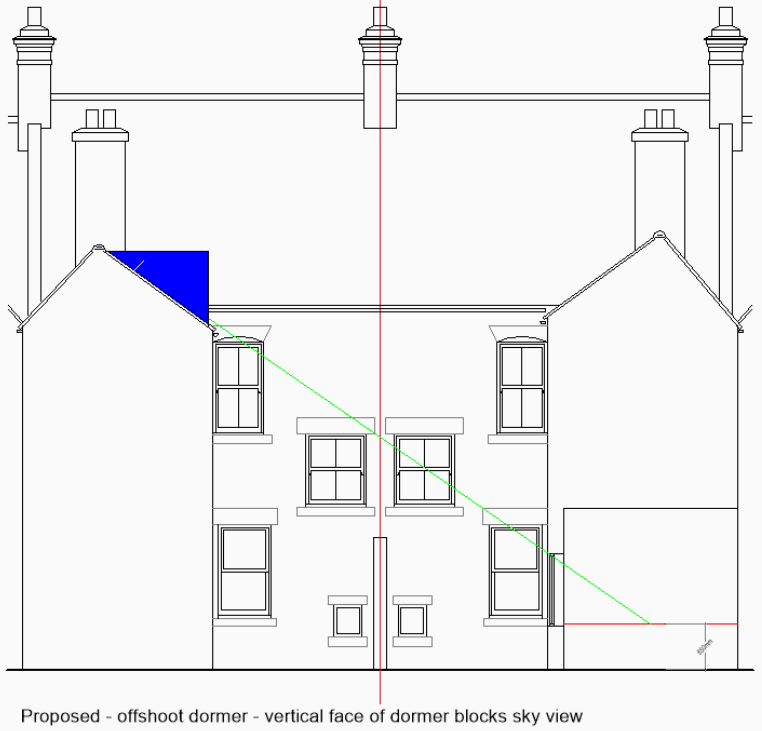In a cutthroat arena of property construction, understanding the subtle area of Right to Light is crucial for guaranteeing fruitful projects. A light rights assessment plays a pivotal function in addressing potential light infringements that may arise when upcoming projects are proposed. This procedure not only helps in evaluating the current light situations for adjacent properties but also supports developers in maneuvering through the juridical issues associated with light access. Through gaining insights from the successes and failures concerning these assessments, developers can more effectively place themselves to steer clear of legal disputes and ensure compliance with zoning laws.
As urban areas continue to grow and housing density rises, the importance of light rights in city planning must not be overstated. Disputes over access to light are becoming more common, which renders it imperative for developers to understand their lawful obligations and the implications of Right to Light assessments. By means of thoughtful consideration and preventive measures, stakeholders can foster harmonious projects that honor the their interests and those of their surroundings. This article will explore the intricacies of Right to Light surveys, common errors to steer clear of, and the crucial importance these assessments play in the broader context of urban growth.
Understanding Right to Light
Right to light is a juridical principle that bestows property owners the right to receive natural light through their windows. In the UK, this entitlement is typically defined through continuous use over a duration of 20 years. If this entitlement is violated, it can lead to substantial legal disputes, which makes it vital for developers and property owners to understand the effects of right to light on their developments.

When developers consider new buildings or additions, they must take into account how their developments may influence the light access to adjacent properties. Failing to account for existing rights to light can result in resistance from neighbors or judicial challenges, which could stop projects and incurring costly delays. This awareness is critical during the initial phases of planning and development.
The right to light is not only about access to sunlight, it also includes the quality of light in housing and business spaces. Urban environments, where buildings are densely packed, often face issues related to right to light. Therefore, proper assessment and handling of these rights serve a crucial role in achieving a balance between recent developments and preserving the light access of existing properties.
Legal Consequences and Compliance
Comprehending the legal system related to Right to Light is vital for builders. The doctrine is grounded in established law and enables landowners to benefit from natural light coming into their premises. In the UK, this entitlement can generally be taken if light has been utilized consistently for a period of 20 years. Failing to acknowledge these legal implications can lead to significant delays, including potential legal conflicts or injunctions that pause construction projects.
Developers must ensure conformance with both legal regulations and local zoning policies. Right to Light assessments are an integral part of this compliance, identifying any potential encroachments that may emerge from new developments. Ensuring https://click4r.com/posts/g/20662868/carrying-out-a-right-to-light-assessment-procedure to the Building Research Establishment (BRE) standards is also critical, as these provide a reference for measuring daylight and sunlight impacts on neighboring properties.
Legal remedies for Right to Light encroachments can change, ranging from injunctions to remuneration settlements. In some cases, contractors may be obliged to alter their designs to mitigate any detrimental impacts on light availability for neighboring properties. Collaborating with legal professionals during the preparation phase can help handle these issues, eventually shielding the project from costly delays and legal battles.
Best Practices for Developers
For successfully handle the challenges of right to light issues, developers should start by incorporating right to light surveys into the initial phases of their project development. This proactive approach facilitates for the detection of any possible light interference risks before substantial investments are made. check with a professional surveyor who specializes in right to light can provide essential insights and analyses that can influence design decisions and reduce future issues.
Interaction is crucial when addressing right to light considerations. Developers should keep open lines with nearby property owners and interested parties throughout the project. go to website regarding schemes and possible impacts on light can help cultivate goodwill and reduce opposition. Handling concerns promptly can often lead to settled solutions that advantage both developers and neighbors, fostering a more collaborative environment in the planning process.
In conclusion, developers must keep updated about legal precedents and updates in regulations pertaining to right to light. Grasping how these regulations evolve is essential to confirm compliance and lessen the chance of costly legal conflicts. Monitoring recent case studies and outcomes can also provide important lessons from previous projects, leading developers in arriving at informed decisions that honor both their interests and those of neighboring properties.
